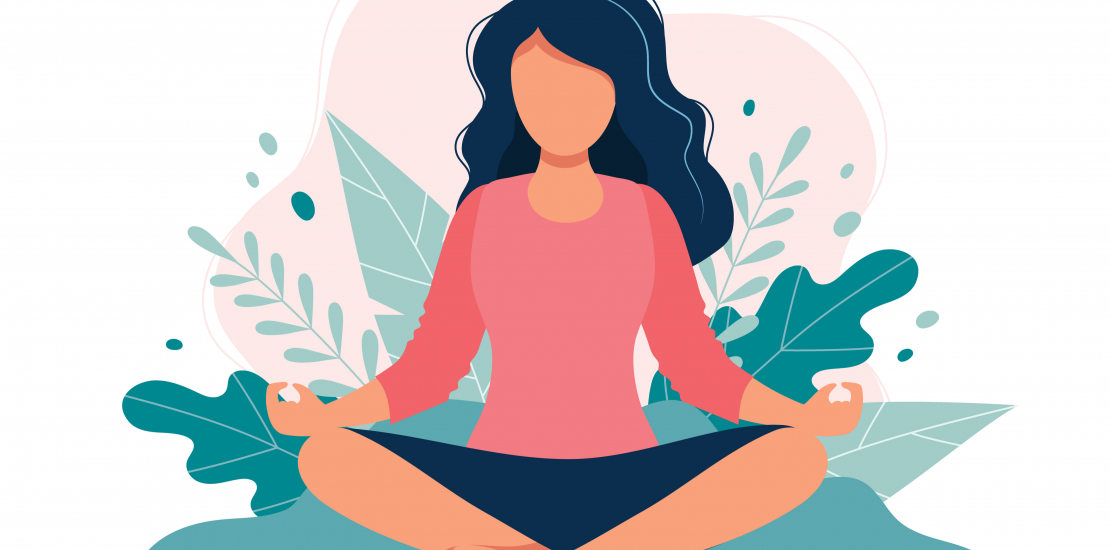A simple meditation object is oftentimes the best object for beginners to meditation.
When your mind is running wild and your body feels even more restless, it can hard to settle down. This is particularly true when you’ve chosen to focus on an object that doesn’t provide much substance.
That’s why learning to breathe in a comfortable way was one of my teacher’s first steps. It’s the same advice that he found helpful when he practiced meditation the forests of Thailand.
By finding a sense of comfort in the breath, you learn how you don’t have to be a victim of your pain. Over time, this sense of the breath not only provides nourishment but also becomes empowering.
You’re no longer a prisoner of your afflictions.
Gradually, you’ll feel more in control of how the body feels; the body won’t be the one controlling you.
This all starts with the breath, which you’ll also come to realize isn’t merely air coming in and out of the body. There are subtle qualities to it, and you’ll notice when you pay mindful attention to it.
As my teachers have said, the central purpose of practicing with the breath is to ultimately understand the nature of the body by working with the pains and discomforts that arise from being a human.
All too frequently, we’re keen to investigate the dukkha of a stressful job or the loss of wealth. The experience of that pain is real and worth a certain level of reflection, but it’s also situational.
When we contemplate on the body, we can work with the experience of pain all the time at a direct physical level. As we work with the breath in the body, we can see opportunities to bring a lightness and joyful ease to it when physical pain appears.
As we can working with the breath in this way, we test the limits of our understanding of bodily pain and pleasure.
In so doing, it’s like we’re exploring a new world and deeper questions about the body will naturally arise.


